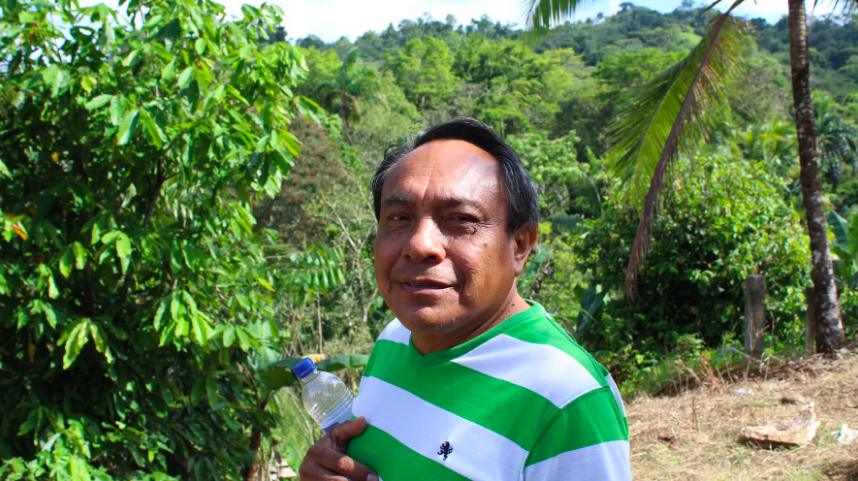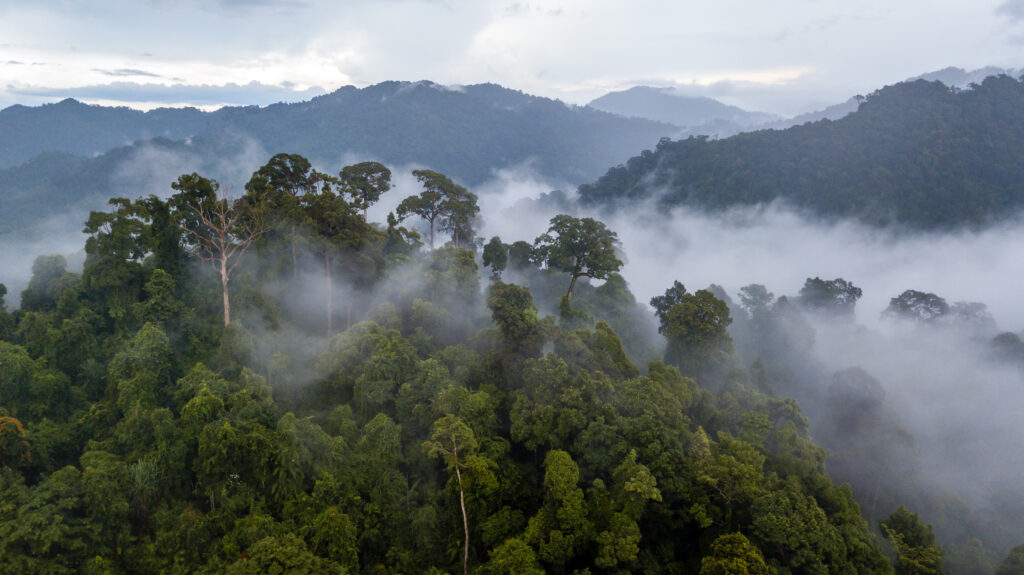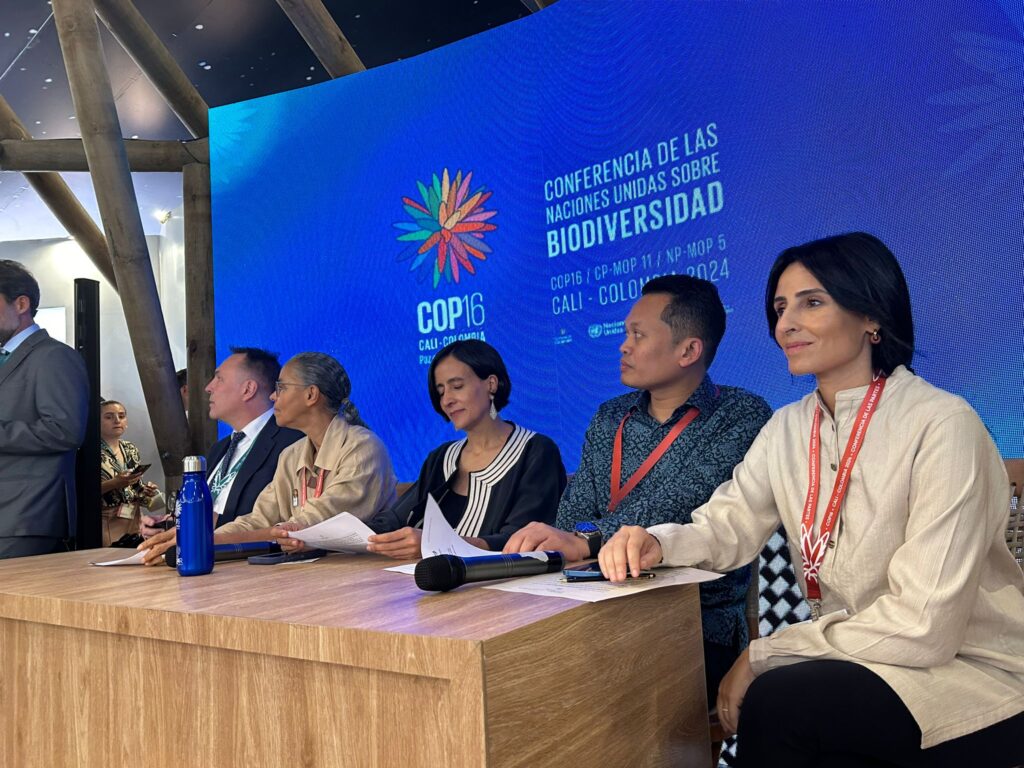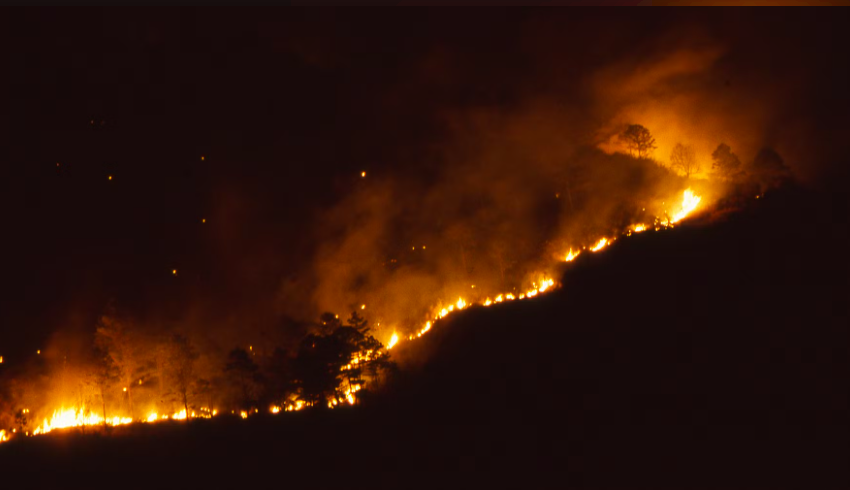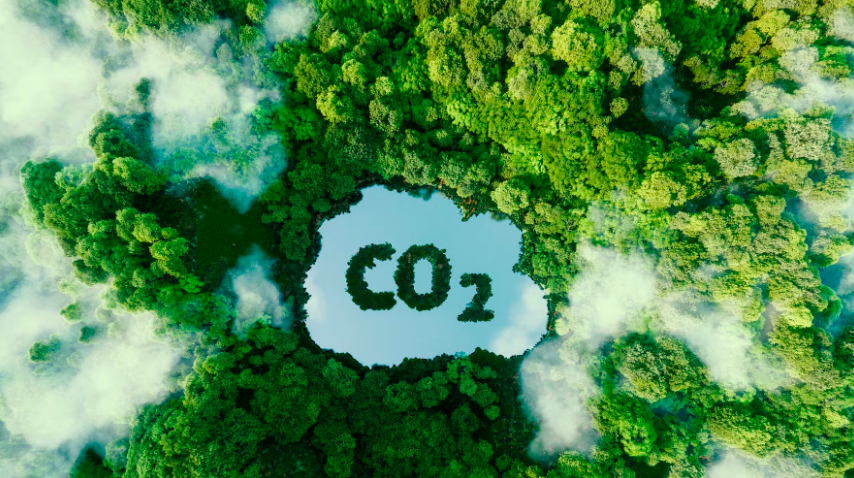Despite the wealth in Panama City, the country is marked by extreme inequality, and the many Indigenous peoples living in Panama’s forests do not benefit from this prosperity. This is why Forests of the World works to strengthen the rights of Indigenous peoples in Panama and help create a fairer distribution of resources.
Towering above the Panama Canal, the skyscrapers of Panama City reach for the sky. A massive metropolis filled with regional headquarters of international corporations, its skyline is dominated by hotels and banks where wealthy individuals from around the globe launder their money.
But just a short distance from this wealth lie the territories of Indigenous peoples, where Panama’s Indigenous communities live close to nature in their forests and mountains. Many of them live at the poverty line with limited access to education and healthcare. On top of that, they must defend their lands against government attempts to seize their territories
This is a struggle that Forests of the World supports the Indigenous peoples in winning. In the Emberá village of Emberá Purú, we spoke with Forests of the World’s local coordinator, Heraclio López, about what is needed for Panama’s Indigenous peoples to achieve a dignified life in their own forests.
Heraclio is Guna, one of Panama’s Indigenous peoples, who, in 1925, led a revolution that secured self-governance and fostered a strong sense of identity. Heraclio holds an academic degree in philosophy and anthropology. I asked him about the main challenges Indigenous peoples face today in Panama:
“It’s crucial to preserve our culture and identity to avoid being erased as a people. We must maintain our language and norms, which define who we are.”
Heraclio explains that it’s essential to establish an educational system that strengthens Indigenous identity:
“The fight is about achieving a truly intercultural and bilingual education system. What exists now is an empty shell. We need a system that integrates our language and culture.”
Finally, Heraclio highlights the responsibility of the Panamanian government:
”The state must recognise and implement our right to self-determination, so that all Indigenous peoples have their right to autonomy acknowledged within our territories.”
Forests of the World has been active in Panama for nearly 20 years. During this time, Forests of the World has observed through satellite imagery a clear link between recognised Indigenous territories and forest cover. In areas where Indigenous peoples live and have recognised rights to the forest, the trees are far more likely to remain standing compared to areas owned by farmers or others who rely solely on agriculture and cattle grazing.
This makes Indigenous peoples a key to preserving Panama’s forests – and it is a struggle that has seen significant progress. This is partly because the fight for Indigenous rights in Panama has a long history and has led to more victories than in many other Latin American countries.
Heraclio explains:
“What’s unique about Panama is that ever since 1871, the Indigenous peoples here have been working to reclaim their territorial rights. There has been a strong effort to maintain identity and culture, and considerable resistance to missionary efforts. Indigenous communities understood how colonial powers operated and learned the system they were up against. By knowing the rules of their opponents, they could use those rules to their own advantage.”
This struggle has placed Indigenous peoples in a relatively strong position in the fight for their forests. For example, Forests of the World has helped secure rights to forest areas equivalent to the size of the Danish island of Fyn.
However, when it comes to redistributing Panama’s economic wealth, the outlook is much bleaker.
Heraclio elaborates:
“Indigenous peoples are very aware of the inequality. And it is even worse for us than for the general population. Take the water in the rivers here in the Emberá territory – the Emberá people help keep it clean by preserving the forests. That water generates money because it supplies the canal. But that money doesn’t benefit Indigenous peoples. It disappears due to corruption, and none of it reaches us.”
Heraclio admits there have been some small improvements in health and education, but he believes they remain insufficient.
Although Panama is formally a democracy, Heraclio argues that moving forward requires a critical look at the concept of democracy:
“We need to examine what democracy really means and become better at recognising the differences in our political cultures. People must understand that Panama is a state made up of many diverse peoples. Therefore, we need to apply a concept of democracy with multiple dimensions.”
Heraclio calls for a more pluralistic democracy and suggests the following:
“One could imagine a congress made up of both Indigenous representatives and state officials working together to create a shared development strategy.”
